High blood pressure in humans, known as hypertension, can increase the risk of many health problems. However, some animals have healthy hearts despite having high blood pressure. Although reptiles have relatively low blood pressure, birds and mammals have evolved with higher energy needs and, therefore, higher blood pressure. But which animals have the highest blood pressure? Read on to find out.
However, before we begin, it’s important to note that obtaining blood pressure readings for animals can be challenging. We’ve compiled our list of animals we do know about. Scientists have managed to get direct readings of the following animals.
Giraffes
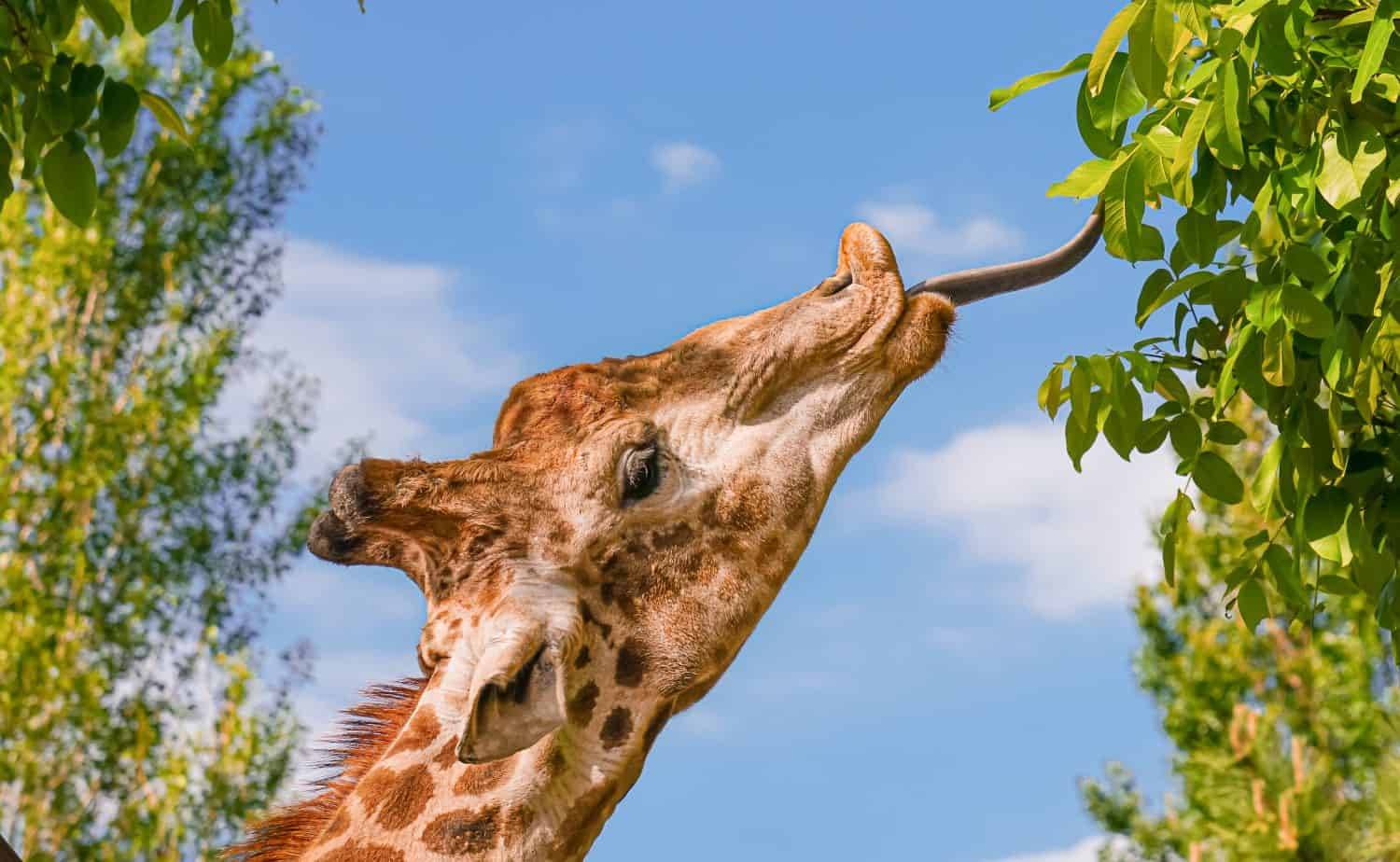
A giraffe’s blood pressure is high to help move blood from its heart up its elongated neck to reach its brain.
©marseus/Shutterstock.com
A normal systolic blood pressure is 120 millimeters of mercury (mm Hg) or lower for humans. On the other hand, a giraffe’s blood pressure can range from 180 to 300 mm Hg. Giraffes have much higher blood pressure than humans due to their long necks. A giraffe must pump blood up its towering neck to reach its head. To do this, the blood pressure in a giraffe’s heart has to be high.
Amazingly, giraffes don’t suffer the same consequences of hypertension as humans. Research has shown that giraffes experience a thickening of their left ventricle (one of the heart’s four chambers) due to their high blood pressure. In humans, this could be fatal. But research has shown it’s not the same for giraffes. Despite the thickening heart muscles, a giraffe’s heart stays healthy. Researchers are studying how this works in giraffes, hoping it may someday lead to medical advancements for humans.
Bears
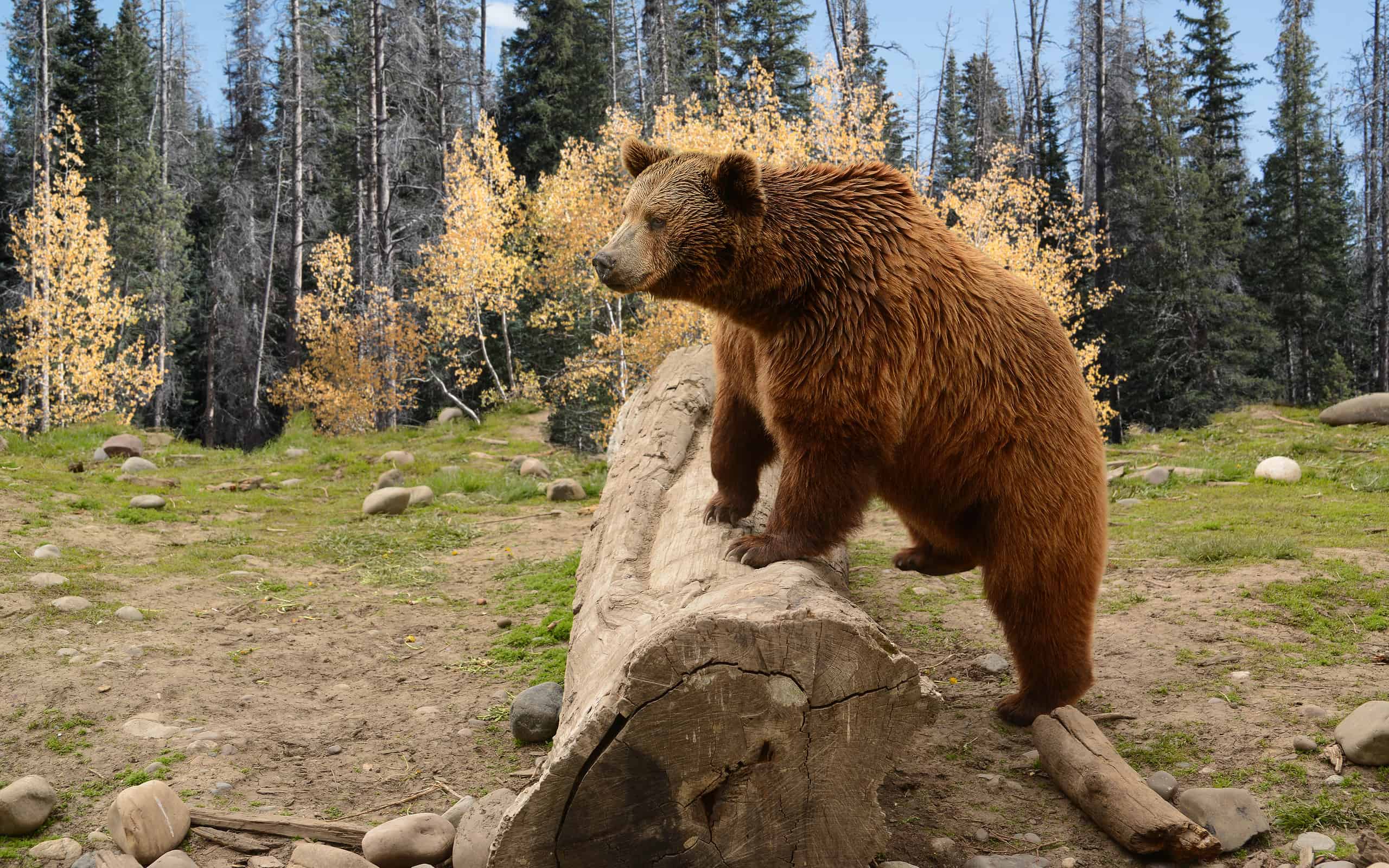
Grizzly bears can have a blood pressure as high as 253 mm Hg.
©Georgia Evans/iStock / Getty Images Plus via Getty Images
Bears are another animal with high blood pressure. Research has recorded active black bears (not in hibernation) with a systolic blood pressure of 170 mm Hg. Grizzly bears were recorded at an even higher rate of 253 mm Hg. Intriguingly, scientists have been studying bears’ heart health for clues on treating diabetes in humans.
As bears prepare for hibernation, they eat tens of thousands of calories per day and put on so much fat they would be considered obese in human terms. The bears must put on enough fat to survive six months of hibernation, where they lose a third of their body weight. However, unlike humans, bears don’t get diabetes or suffer other poor health effects from putting on all that extra weight. Scientists have discovered that bears can control their resistance to insulin by turning it off or on. Someday, researchers may find the key to helping humans with diabetes by learning more about the heart health of bears.
Birds

Birds need high blood pressure to quickly push blood through their bodies to give them the strength and energy to fly.
©neil bowman/iStock via Getty Images
To fly, birds need large hearts to meet their oxygen demands. The heart of a bird is 50 to 100% larger than a mammal of a similar size. Furthermore, birds need to be able to pump blood to their brain, wings, and flight muscles. Because of this, a bird’s blood pressure can range from 108-250 mm Hg, depending on the species. Below are some examples of various blood pressure readings in birds.
- Great Horned Owls (232 mm Hg)
- Canary (220 mm Hg)
- Red-tailed hawks (220 mm Hg)
- Canada Geese (177 mm Hg)
- Wild turkey (193 mm Hg)
- Starling (180 mm Hg)
- Duck (162 mm Hg)
Birds can sustain high blood pressure because they have stiffer arteries that improve blood flow and faster heart rates. For example, a hummingbird’s heart can beat 1,260 times per minute.
Elephants
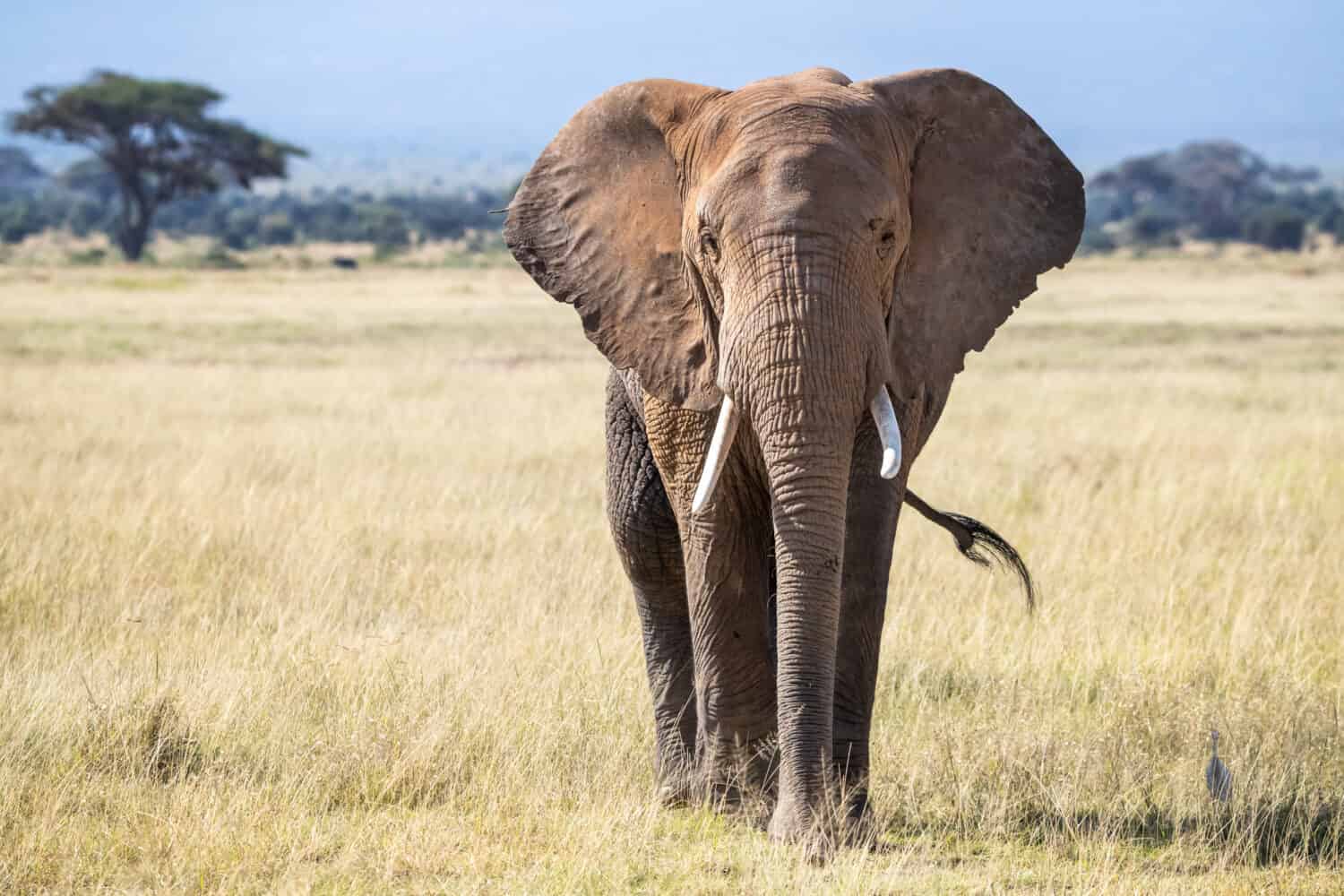
An elephant’s large heart can pump blood at 180 mm Hg.
©Jane Rix/Shutterstock.com
Elephants weigh from 6,500 pounds to 12,000 pounds. Unsurprisingly, they also have large hearts. An African elephant’s heart is one of the largest mammals living on land. Furthermore, this massive heart must pump blood through veins that can reach 10 feet long. To do this, an elephant’s blood pressure must be high. Otherwise, the veins would collapse. Elephants have a systolic blood pressure of 180 mm Hg. However, elephants have a low resting heart rate to counter this high blood pressure. An elephant’s heart at rest beats about 30 times per minute, compared to a human heart at 60 beats per minute.
Interestingly, when a human lies down to rest, their blood pressure decreases. However, it’s the opposite for elephants. When elephants lie down, their body weight reduces their lung capacity. This means their heart must beat faster, and blood pressure must increase to get oxygen.
Horses
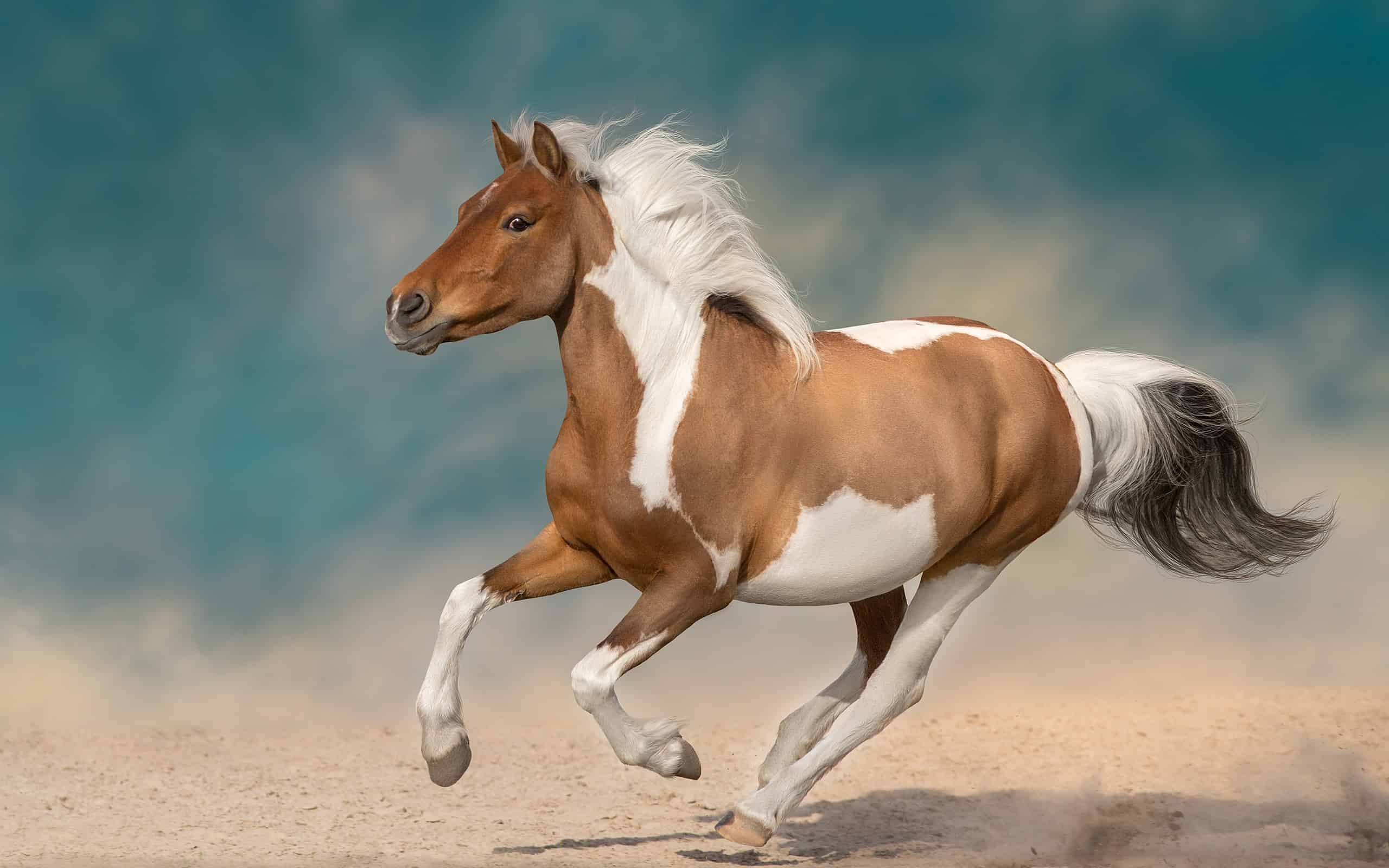
A horse can lower its heart rate rapidly after exercise, which is a sign of excellent fitness.
©Kwadrat/Shutterstock.com
Horses are large, powerful animals. Although horses vary in size, the average horse weighs 800 to 1,200 pounds and stands five feet tall. The horse’s heart must work hard to pump blood to its head. The horse heart counteracts the adverse effects of high blood pressure by having a very low resting heart rate. A horse’s heart rate can drop to 30 beats per minute at rest but rise to 250 beats per minute while galloping. Horses are incredibly athletic animals with efficient hearts. Their heart rate lowers quickly after exercise, which indicates excellent fitness.
Often, horses will only get their blood pressure measured during surgery. However, research has been done recording blood pressure on standing and awake horses. The study showed the average horse’s systolic blood pressure to be 169 mm Hg.
Cows
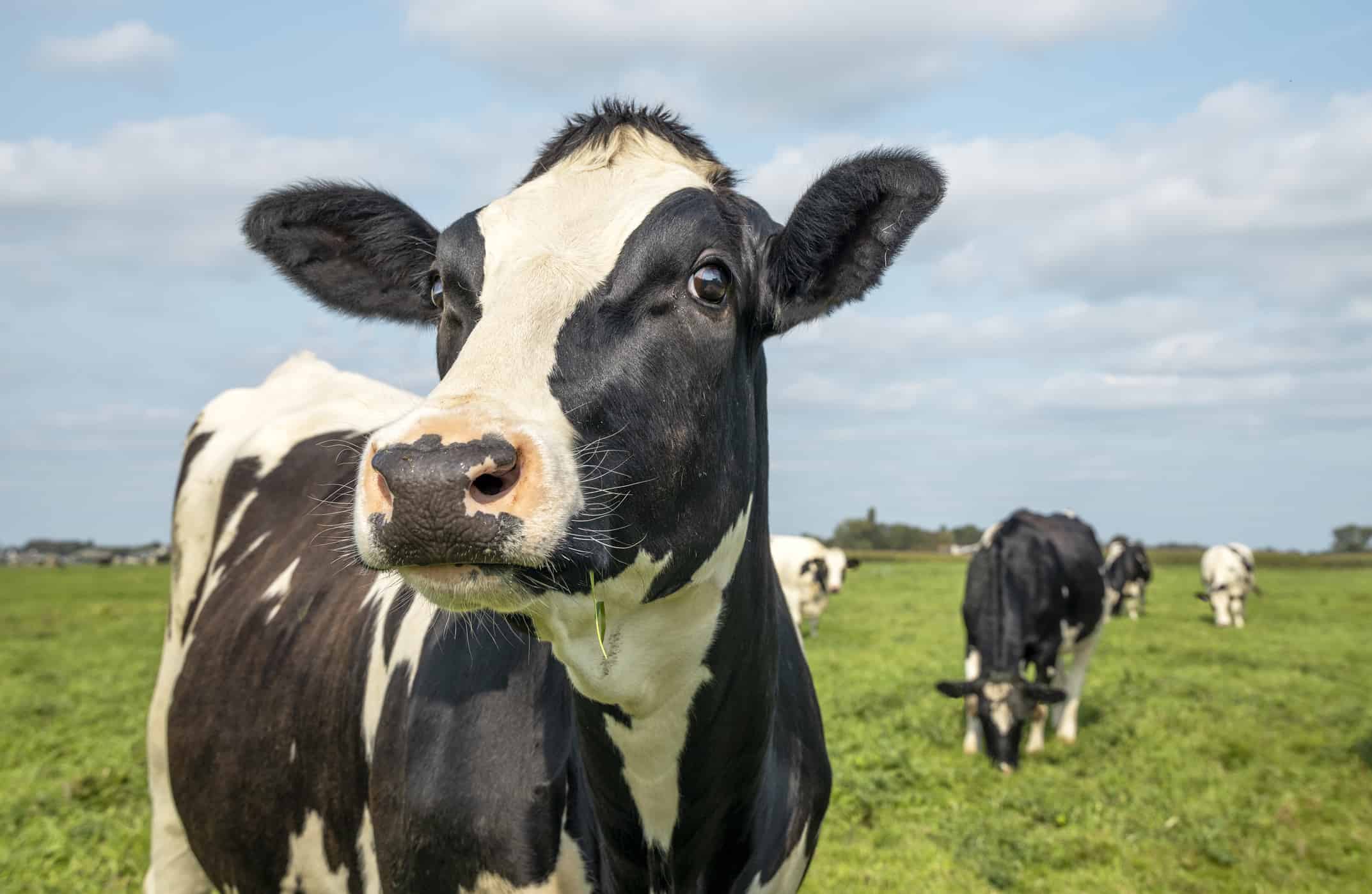
Cows have large hearts about the size of a human head.
©Clara Bastian/iStock via Getty Images
Although the average blood pressure of a cow is not commonly recorded, research has shown that awake and alert cows have a systolic blood pressure of 157 mm Hg. This is slightly higher than a human’s average blood pressure of 120 mm Hg.
On average, cows weigh about 700 to 1,760 pounds and have large hearts to pump blood throughout their massive bodies. While a human heart is about the size of our fist, a cow’s heart is the size of a human head. Tissue from cow’s hearts is sometimes used to create a replacement valve for a person with heart damage.
Greyhounds and Other Sighthounds
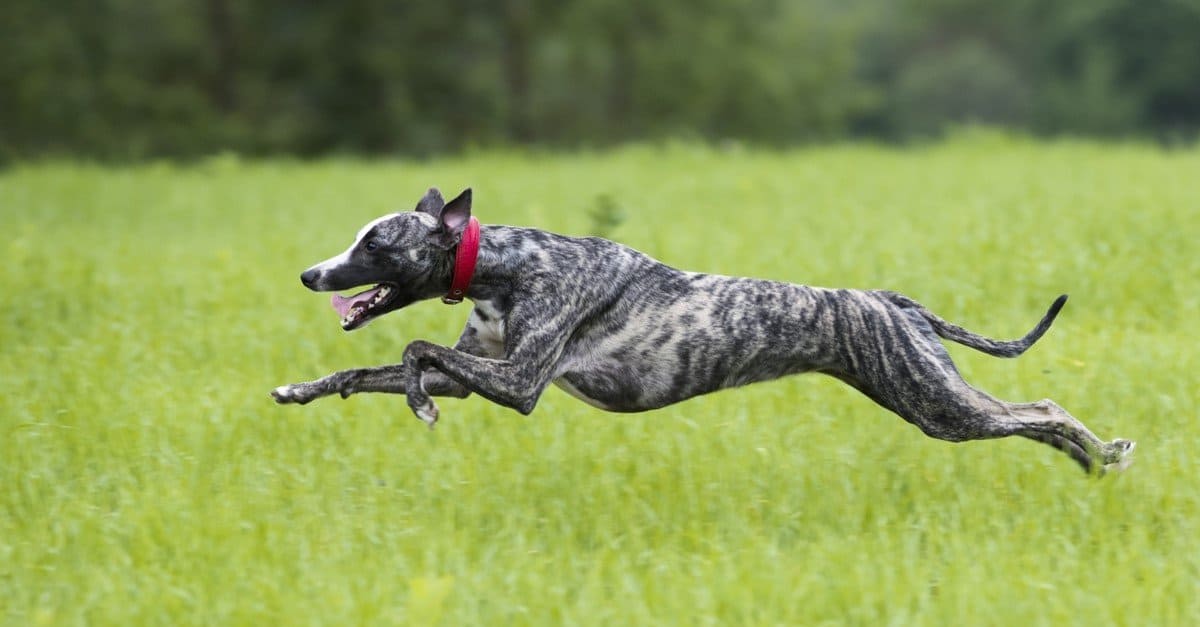
Greyhounds have a higher blood pressure than other dog breeds.
©Liliya Kulianionak/Shutterstock.com
A systolic blood pressure above 160 mm Hg is considered pre-hypertension in dogs. However, higher systolic blood pressure is normal for greyhounds and other sighthounds like deerhounds. A dog’s blood pressure is measured similarly to a human’s blood pressure taken at the doctor’s office. An inflatable cuff is placed tightly around the dog’s foreleg, foot, or tail. Interestingly, greyhounds have higher blood pressure than other breeds, and their heart is larger. Their large heart efficiently pumps their blood for more excellent circulation while carrying more oxygen to their muscles, allowing them to run fast.
Another interesting fact is that greyhounds may suffer from “white coat syndrome” as people can. This happens when the anxiety of being at the doctor’s office (or at the vet for the greyhound) causes blood pressure to rise. However, blood pressure readings in the same person (or dog) are typically lower when taken at home. A way to get an accurate reading is to wait for the dog to calm down and retake their blood pressure toward the end of the vet visit.
Summary of the Top 7 Animals With the Highest Blood Pressure
| Rank | Animal | Maximum Systolic Blood Pressure |
|---|---|---|
| 1 | Giraffes | 300 mm Hg |
| 2 | Bears | 253 mm Hg |
| 3 | Birds | 232 mm Hg |
| 4 | Elephants | 180 mm Hg |
| 5 | Horses | 169 mm Hg |
| 6 | Cows | 157 mm Hg |
| 7 | Greyhounds (and other sighthounds) | 152 mm Hg |
The photo featured at the top of this post is © Jane Rix/Shutterstock.com
Thank you for reading! Have some feedback for us? Contact the AZ Animals editorial team.






